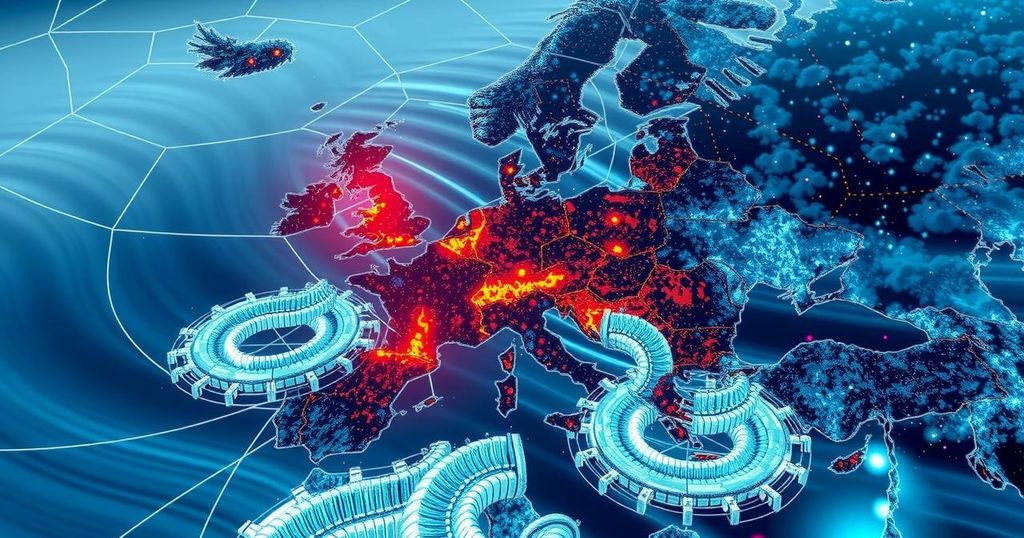AI is revolutionizing weather forecasting by providing faster and more accurate predictions, enabling climate adaptation and enhancing emergency preparedness, especially in areas adversely affected by extreme weather events. This technological evolution will democratize forecasting capabilities, particularly in developing nations, allowing local meteorologists to produce tailored forecasts that can save lives.
Meteorologist Hannah Wangari of the Kenya Meteorological Department employs traditional weather forecasting methods, interpreting data from multiple models to predict crucial weather conditions. Given the escalating frequency of extreme weather events attributable to climate change, swift and precise forecasting has become increasingly vital. The devastating floods earlier this year in Kenya highlighted the urgency for timely information, with 267 fatalities and 278,000 individuals displaced. Traditional forecasting methods are often slow and require costly supercomputers, restricting access, particularly in developing regions.
In contrast, artificial intelligence (AI) is reshaping forecasting capabilities by utilizing machine learning to analyze extensive datasets and generate forecasts rapidly and accurately from conventional laptop computers. This transformation allows for accurate predictions in mere moments, enabling better preparedness and response for emergency situations. Online collaborations among research institutions and organizations, including Oxford University, Google, and the European Center for Medium-Range Weather Forecasts, are instrumental in developing AI models tailored to specific regional forecasting needs.
Wangari’s implementation of these AI tools not only facilitates immediate forecasts but also enhances understanding of the probability of weather extremes, prompting increased public action. The partnership between meteorologists and technology developers is essential to improving the efficacy of these forecasting models, offering the potential to save lives and property. While there are challenges in addressing extreme weather events and ensuring sustainable energy consumption in AI development, these efforts signal a promising shift toward democratizing weather forecasting, benefitting communities worldwide.
Traditional weather forecasting practices are rooted in techniques that have remained fundamentally unchanged since the 1950s, relying heavily on numerical weather prediction, which necessitates substantial computing power. The rapid advancements in artificial intelligence and machine learning technologies present alternative, more efficient forecasting methods. These new technologies harness vast amounts of historical weather data to identify patterns, facilitating faster and more accurate predictions, particularly crucial as climate change intensifies weather extremes, thereby increasing the demand for reliable forecasts.
In summary, the integration of artificial intelligence in weather forecasting represents a significant advancement over traditional methods. It has the capacity to provide rapid, localized forecasts that are essential for managing the increasing impact of extreme weather exacerbated by climate change. Collaborative efforts among researchers and developers will continue to enhance the precision and applicability of these models, fostering better preparedness and potentially saving lives in vulnerable regions.
Original Source: grist.org






